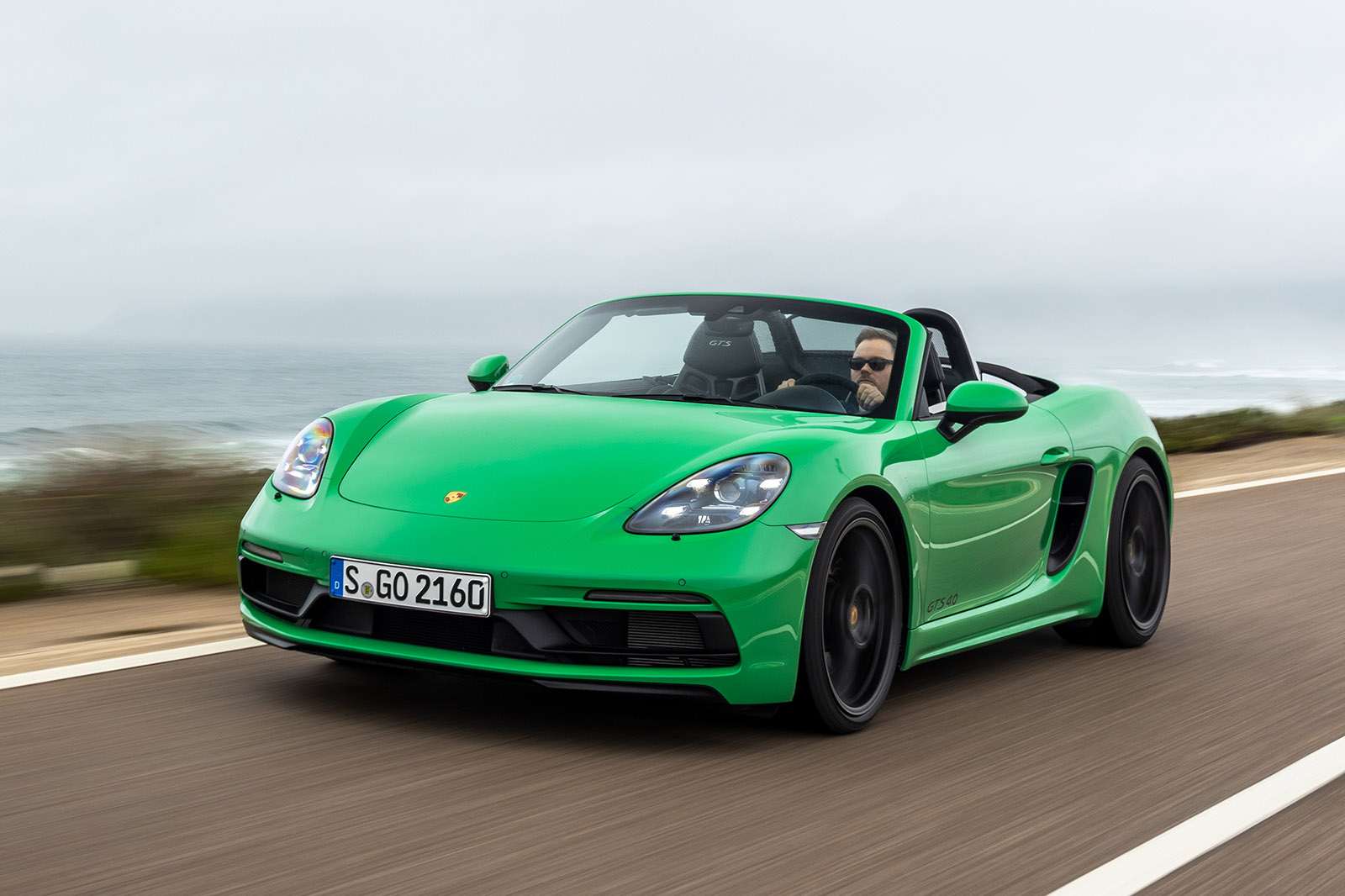The sports car world can feel overwhelming with countless options promising the ultimate driving experience. Yet one name consistently rises above the noise: the Porsche Boxster. This isn’t just another convertible trying to grab attention with flashy styling – it’s a precisely engineered machine that delivers genuine thrills every time you turn the key.
What Makes the Boxster Special?
Think of the Boxster as the goldilocks of sports cars – not too extreme, not too tame, but just right for most enthusiasts. The mid-engine layout creates perfect weight distribution, giving you confidence through corners that front-heavy alternatives simply can’t match. When you’re carving through mountain roads or enjoying a spirited drive to work, you’ll immediately notice how the car feels balanced and eager to respond.
The driving position feels natural from the moment you settle into the sport seats. Everything falls perfectly to hand – the steering wheel, gear shifter, and pedals all seem positioned exactly where your body expects them. This isn’t an accident; it’s the result of decades of refinement and Porsche’s obsession with driver ergonomics.

Engine Options That Actually Matter
The Boxster lineup offers four distinct powertrains, each targeting different driving preferences. The base 2.0-liter turbocharged four-cylinder produces 300 horsepower – more than adequate for most driving situations. Step up to the S model’s 2.5-liter turbo, and you’ll enjoy 350 horsepower with noticeably more mid-range punch.
For purists who miss the days of naturally aspirated engines, the GTS 4.0 delivers 394 horsepower from a glorious flat-six that sounds absolutely magnificent. At the top of the range, the Spyder RS cranks out 493 horsepower using the same engine found in the legendary 911 GT3.
Real-World Usability
Despite its sports car credentials, the Boxster proves surprisingly practical for daily use. The total cargo capacity of 9.7 cubic feet splits between a rear trunk and front storage compartment, easily handling weekend getaways or grocery runs. The convertible top operates smoothly and quickly, transforming your drive in under 15 seconds.
The ride quality strikes an impressive balance between comfort and performance. While it’s certainly firmer than your average sedan, most drivers find it perfectly acceptable for longer journeys. The available adaptive dampers can soften the ride when desired, making the car more versatile for varying road conditions.
Pricing and Value Considerations
Starting at $74,900, the Boxster positions itself as Porsche’s entry-level sports car, though “entry-level” feels generous given the price point. The Style Edition bumps the starting price to $81,300, while the range-topping Spyder RS commands $164,200. These figures might seem steep, but they reflect the quality of engineering and materials that go into every vehicle.
| Specification | Details |
|---|---|
| Engine Options | 2.0L Turbo (300hp), 2.5L Turbo (350hp), 4.0L NA (394hp/493hp) |
| Transmission | 6-speed Manual, 7-speed PDK Dual-Clutch |
| 0-60 mph | 4.2 seconds (Boxster S) to 2.8 seconds (Spyder RS) |
| Cargo Space | 9.7 cubic feet total (4.4 rear + 5.3 front) |
| Fuel Economy | 19-21 city / 25-27 highway mpg |
| Warranty | 4 years / 50,000 miles |
| Price Range | $74,900 – $164,200 |
| Weight | Approximately 3,100 pounds |
Technology and Interior Experience
The cabin feels purposefully designed around the driver, with an ascending center console that creates a cockpit-like environment. While some rivals offer flashier tech features, the Boxster focuses on essentials done extremely well. The 7-inch touchscreen handles infotainment duties with Apple CarPlay integration, though Android Auto remains unavailable.
Materials throughout the interior feel appropriately premium, though the base model does include some hard plastic surfaces. Fortunately, Porsche offers extensive customization options, allowing buyers to upgrade nearly every surface with leather or other premium materials.
Performance That Delivers
Behind the wheel, the Boxster reveals its true character. The steering provides exceptional feedback, communicating road surface changes and grip levels with remarkable clarity. The chassis balance inspires confidence, encouraging you to explore the car’s limits safely. Whether you choose the manual transmission for maximum engagement or the lightning-quick PDK for convenience, the driving experience remains thoroughly rewarding.
Braking performance deserves special mention – the standard brakes provide excellent stopping power and pedal feel, while optional ceramic brakes deliver track-ready performance for serious enthusiasts.
Competition and Alternatives
The Boxster faces competition from the BMW Z4 and Chevrolet Corvette, each offering different approaches to the sports car formula. The Z4 provides similar luxury but lacks the Boxster’s mid-engine precision. The Corvette delivers more raw power and value but can’t match the Porsche’s build quality and refinement.
The 2025 model year likely represents the final chapter for this generation, with an electric successor expected for 2027. This transition makes the current Boxster potentially collectible, especially models equipped with manual transmissions and naturally aspirated engines.
Frequently Asked Questions
Q: Is the Boxster reliable for daily driving?
A: Yes, with proper maintenance the Boxster proves quite reliable, backed by a comprehensive 4-year warranty and Porsche’s strong service network.
Q: Should I get the manual or PDK transmission?
A: Choose manual for maximum engagement and potential collectibility, or PDK for convenience and slightly better performance.
Q: How does insurance and maintenance cost compare to other luxury cars?
A: Expect higher insurance rates due to the sports car classification, while maintenance costs remain reasonable for the luxury segment.
2025 Toyota Prius Plug-In Hybrid Review: Smarter, Greener Drive
